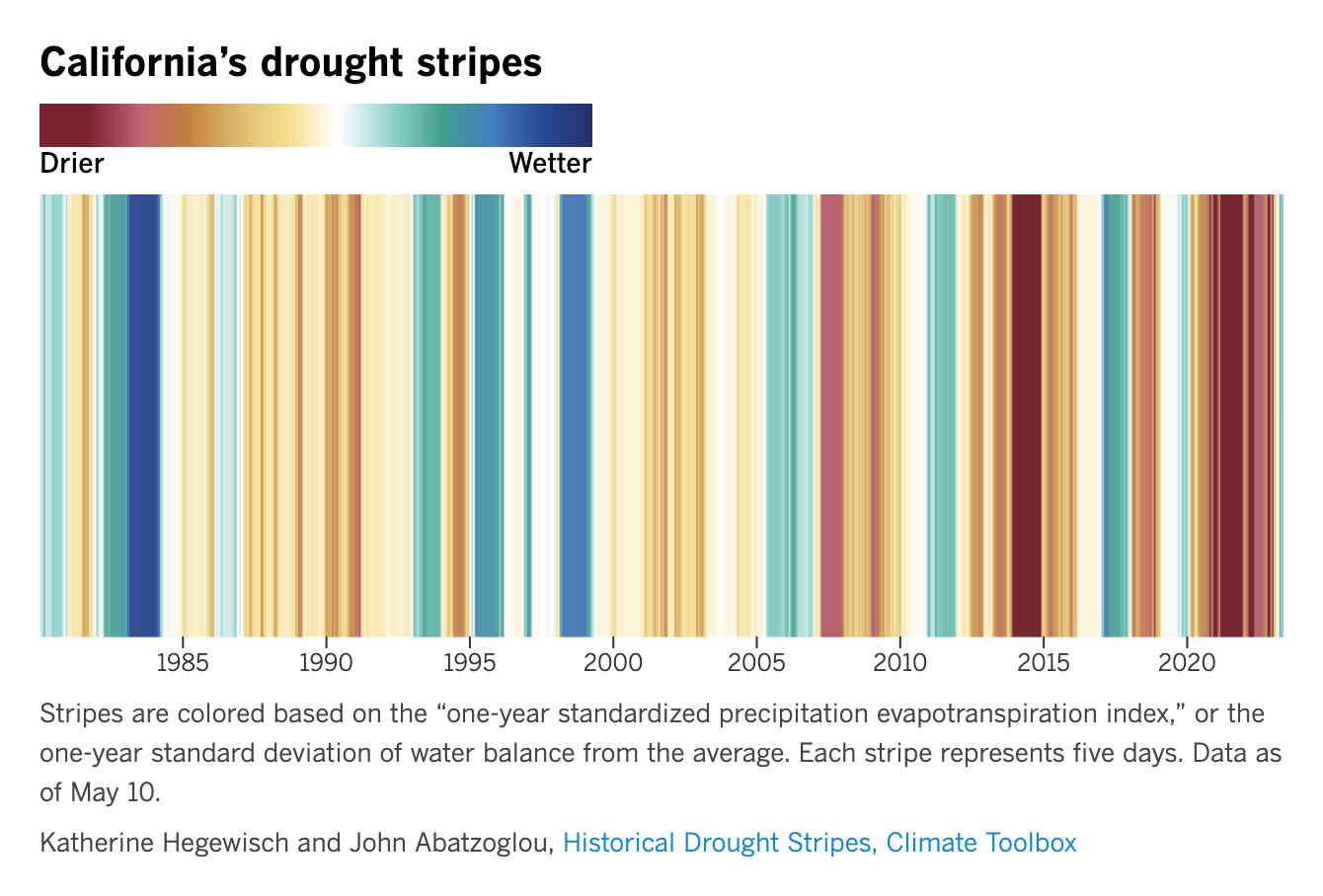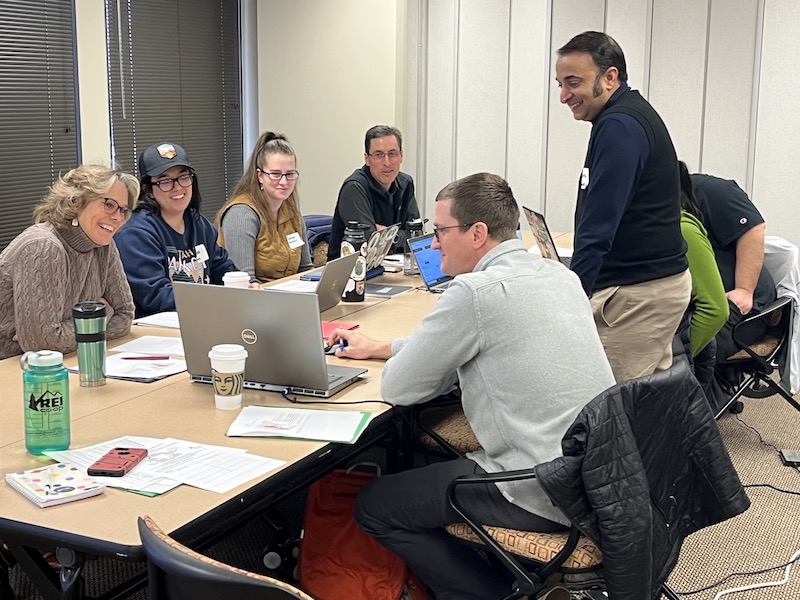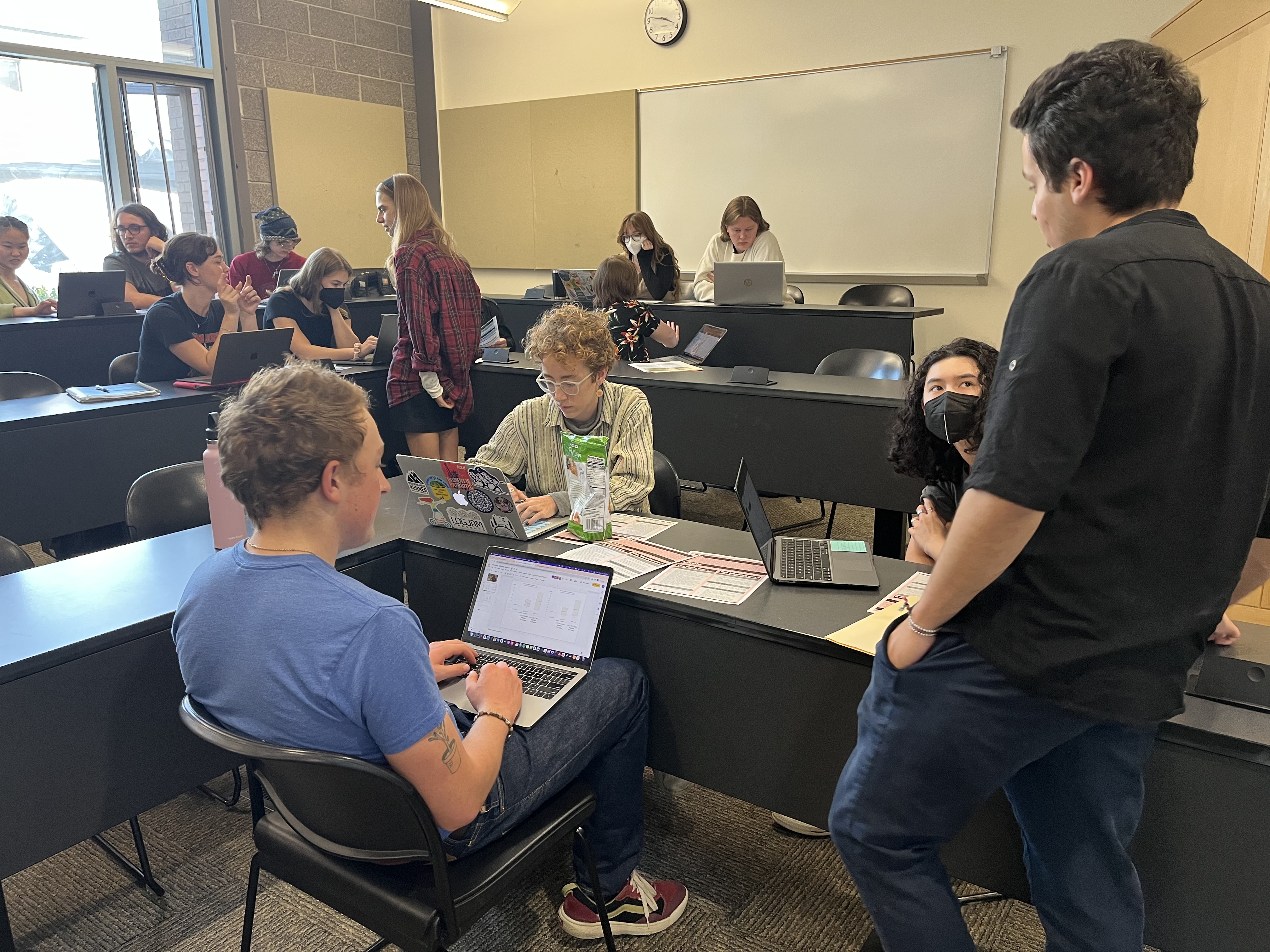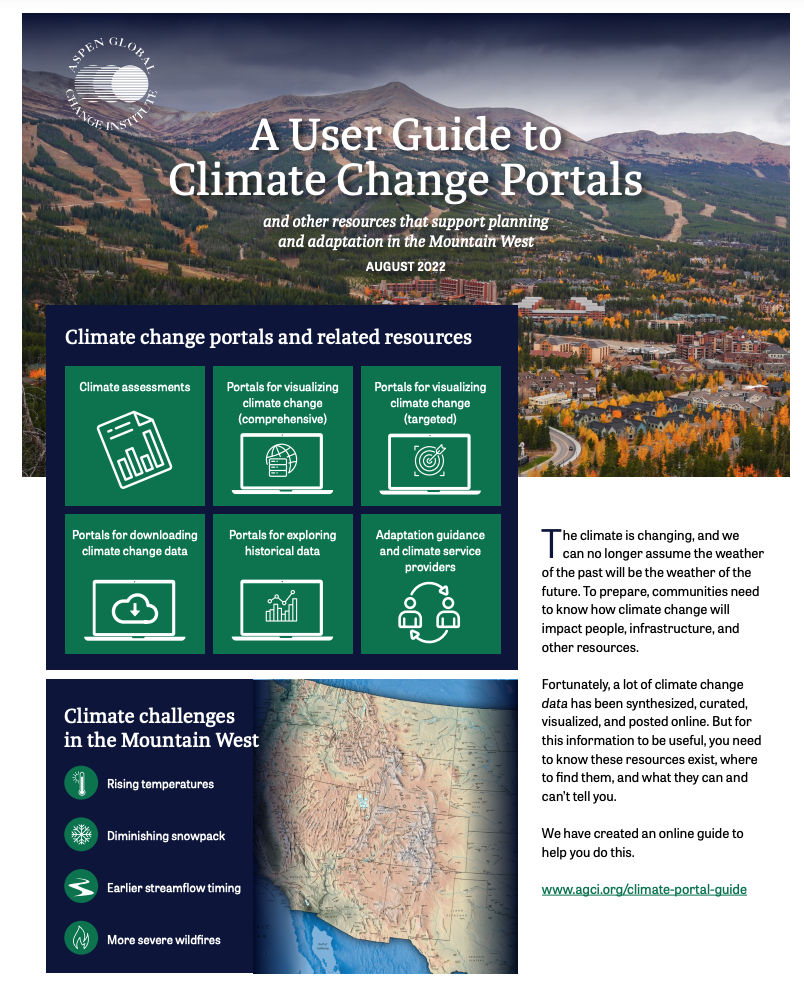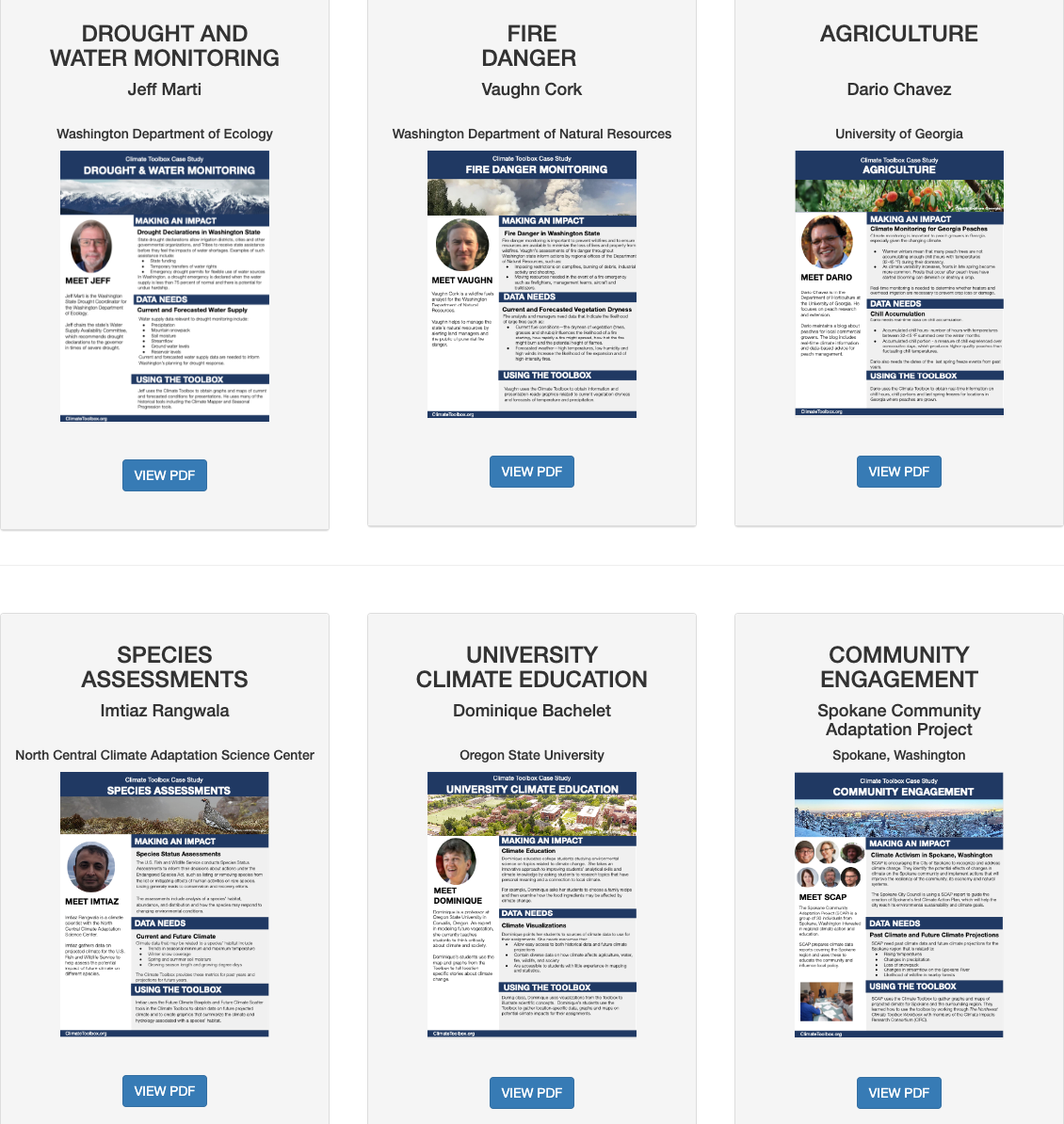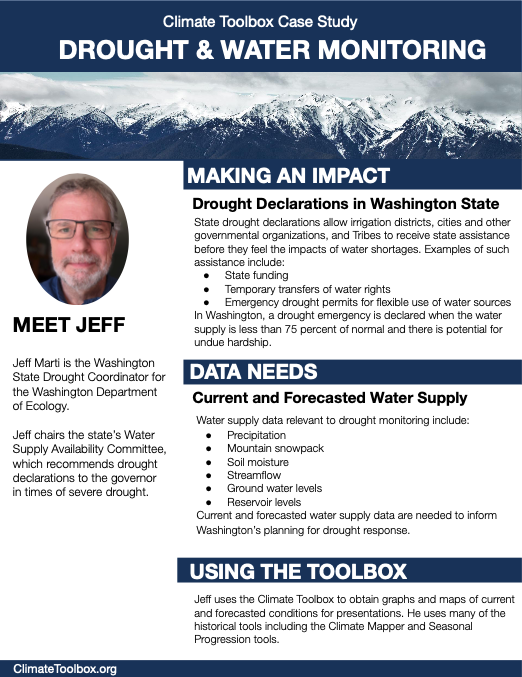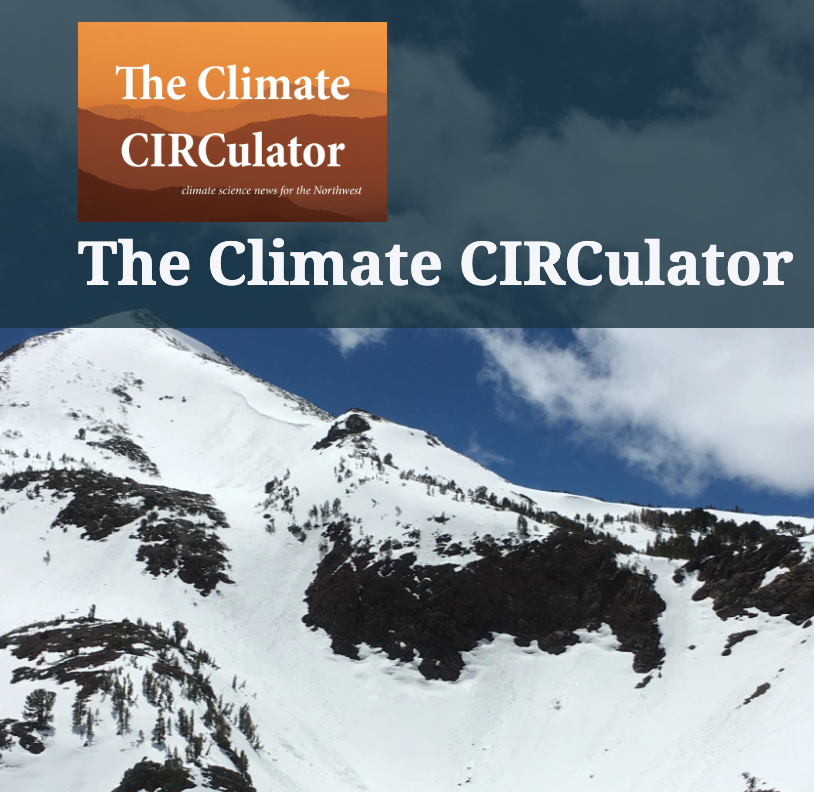Feb 2024: Natural Resources Workshop in Kansas
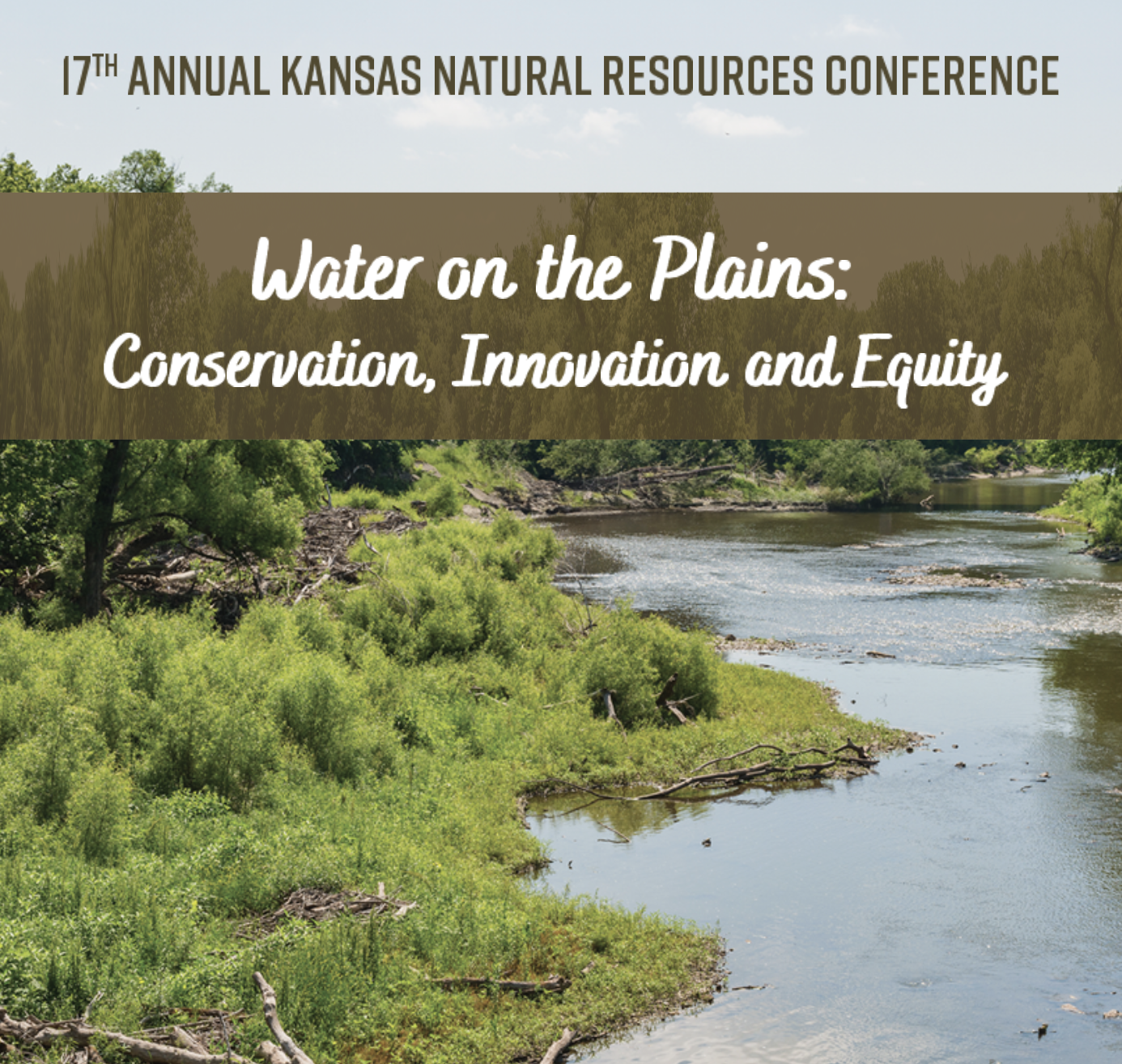
Climate Workshop at 2024 Kansas Natural Resources Conference
At the 2024 Kansas Natural Resources Conference in Manhattan, KS on Feb 8, 2024, there was a 4-hr workshop entitled 'Using Climate Data to Achieve your Natural Resources Objective'.
As part of this workshop, Christy Miller Hested (North Central Climate Adaptation Science Center) led a 1-hr hands-on climate lesson, 'Applications of the Climate Toolbox for Resource Management', which provided an overview of the Climate Toolbox and its climate data and had participants use the Climate Analogs tool to tell future data stories around the Tall Grass National Prairie in Kansas.
Christy worked with Climate Toolbox developer Katherine Hegewisch to develop the workshop. For the workshop, Christy adapted the Future Temperatures 2-pager in the Climate Toolbox Workshop Series to look at the future of the Tall Grass Prairie through climate analogs.
